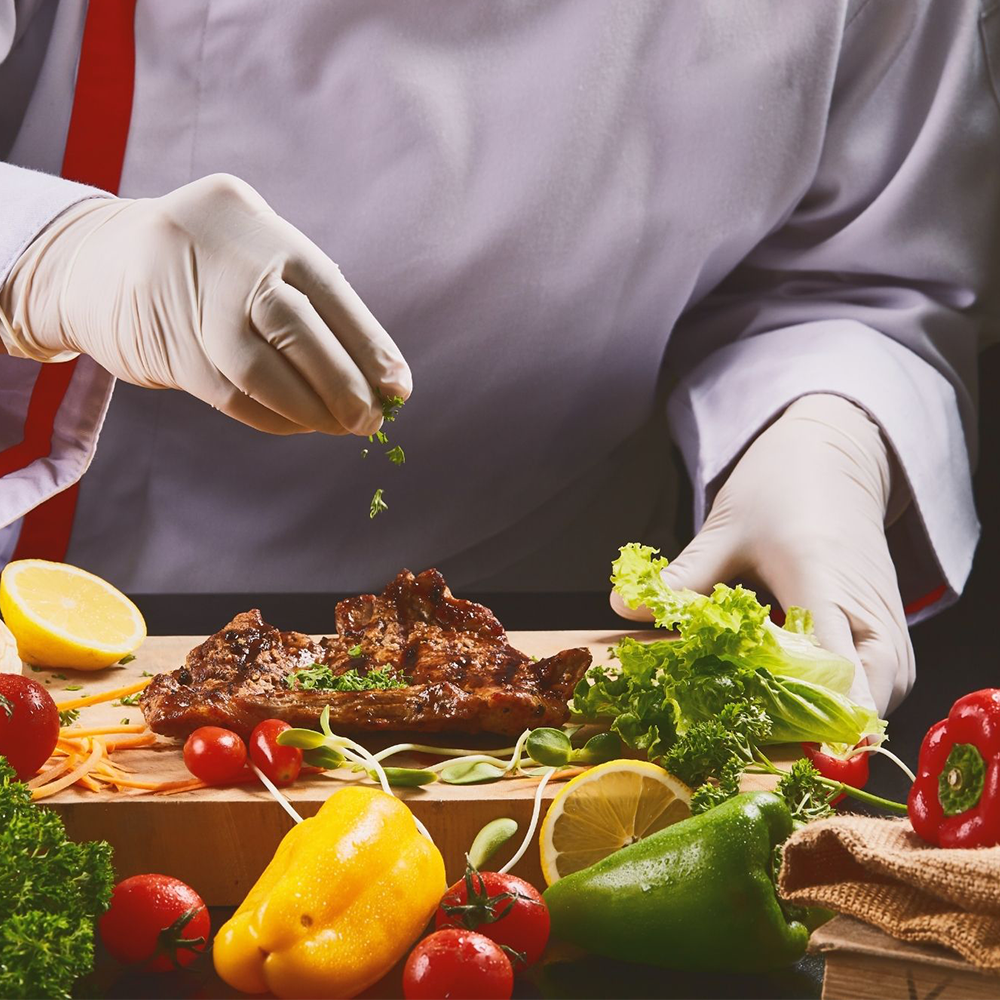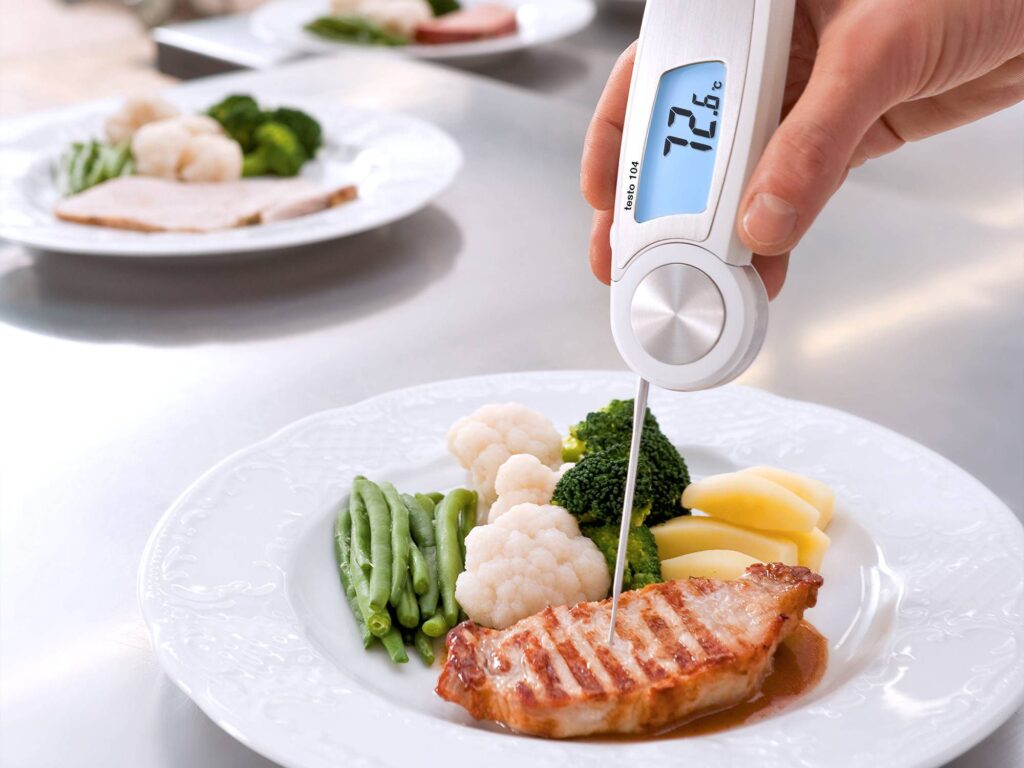Food Industry
Food Industry
Know More About Food Industry
Industrial food processing machinery includes machinery for processing meat, pork, poultry, fish, produce, and ready-to-eat food. The majority of the processing equipment and machines that we sell, repair, and supply components for may serve all of these sectors. Industrial mixers and blenders, meat mixers and grinders, bowl cutters, bowl choppers, vertical bowl choppers (VCM), brine mixing tanks, brine chillers, and brine marinate needle injectors are examples of processing tools and machinery. Other processing tools such conveyors, buggy cart lifts, and buggy cart dump carts.


Food industry
Modern food production is characterised by high-tech tools. There are several of these. In many productive areas, agricultural machinery—originally headed by the tractor—has virtually eliminated human labour. Agrochemicals, plant breeding, and food processing are just a few of the industries that are being transformed by biotechnology.
- More Details

Food production
The majority of food produced for the food industry is made from commodity crops utilising traditional farming methods. Agriculture is the practise of growing specific plants and keeping domesticated animals to provide food, feed, fibre, and other desired items. In general, terrestrial agriculture is used to generate 83% of the food that people eat.
- More Details

Food processing
The processes and procedures required to turn raw materials into food intended for human consumption are referred to as food processing. Producing marketable food items requires the utilisation of clean, harvested, slaughtered, or butchered components. Food can be made in a number of different ways.
- More Details
Future food safety's computerised quality management system
In many restaurant chains, quality assurance entails labor-intensive quality checks and sophisticated analyses, whether in inbound commodities, refrigerated rooms, food preparation, or food service. With the effective solution testo Saveris Restaurant, you can completely transparently track the status of all procedures while releasing yourself from the turmoil of mountains of paper and data. That improves more than just your restaurant's quality control. Additionally, you have more time for staff development and, of course, activities that benefit your visitors.
Quality Transparency in your Restaurant.

Always keeping quality and performance in mind.Early detection of error causes makes it easier to plan internal audits.
Dependable Adherence to Food Safety Requirements

Uniform requirements for all eateries
guided procedures for staff
improved culture of food safety.
Improved Food Safety Procedures.

Services, software, and sensors perfect synchronisation Less work is required for reporting and documentation
Analysing data intuitively
Food & Beverage Processing Instrumentation
To maintain food quality and avoid contamination that puts consumer health and safety at risk, the food and beverage sector must abide by stringent rules and regulations. Due to the importance of food safety compliance, even the smallest problems can have an effect on food safety and generate unanticipated downtime.
